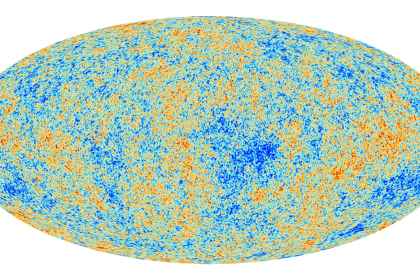One of the serious consequences of global warming is the melting of permanent polar ice sheets. These ice sheets, which cover about 15% of the Northern Hemisphere, contain huge amounts of carbon that have been stored in them for thousands of years. As the Earth’s temperature increases, these layers are melting and the carbon stored in them is released into the atmosphere. This release of carbon in turn exacerbates global warming and creates a vicious cycle.
A new study conducted by four Chinese scientists and one Purdue University scientist in the United States and published in the journal Earth’s Future shows that most of the carbon released comes from permafrost that was previously frozen. has been produced However, if the melting process accelerates, this could pose serious challenges to future efforts to mitigate climate change.
Permafrost mainly forms in areas where the average annual temperature is below the freezing point of water. If this average is below -5°C, freezing in the current climate can be permanent. (During the last ice age, it was much more widespread.)
The fact that global warming is not uniformly distributed over the surface of the globe, but increases with increasing latitude. For example, the Arctic has warmed nearly four times faster than the global average since 1979. This shows that the melting of permafrost is one of the main challenges in dealing with climate change and requires serious attention and urgent measures to reduce greenhouse gas emissions and preserve these vital frozen layers.
RCO NEWS















